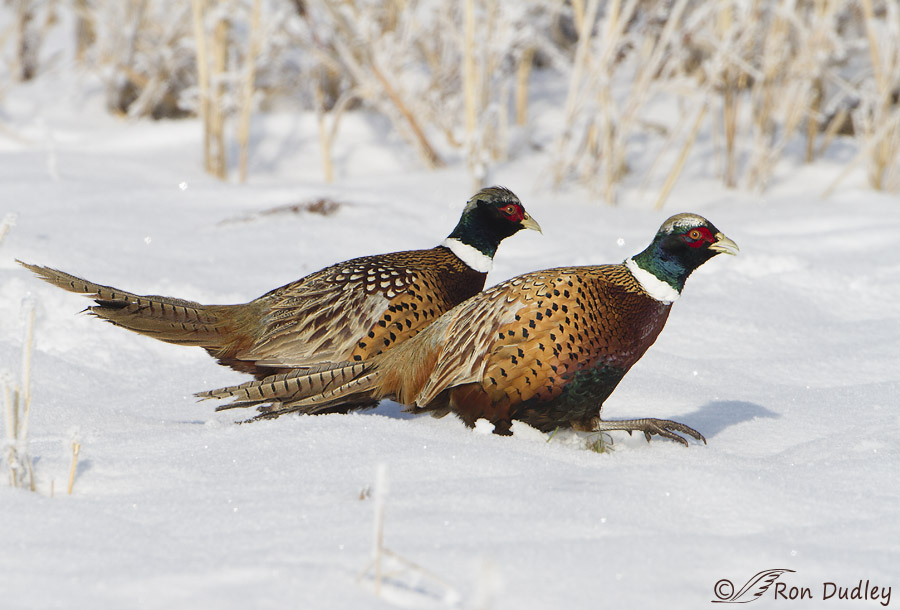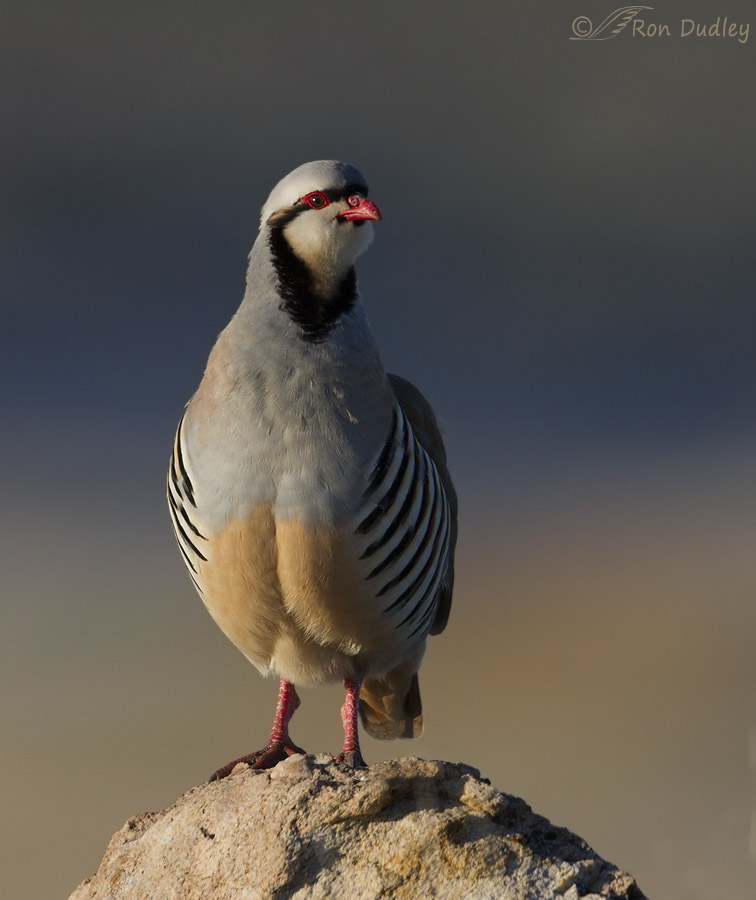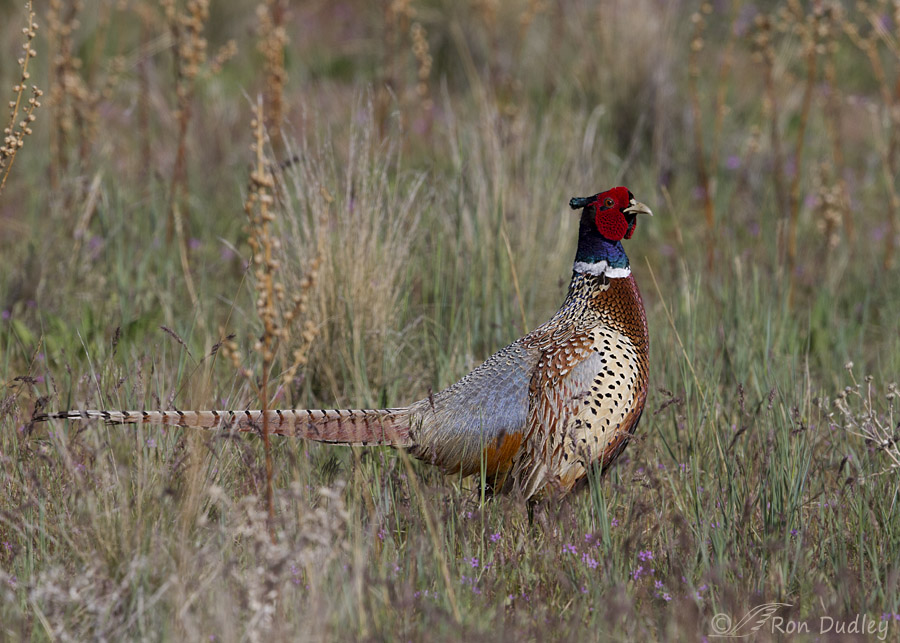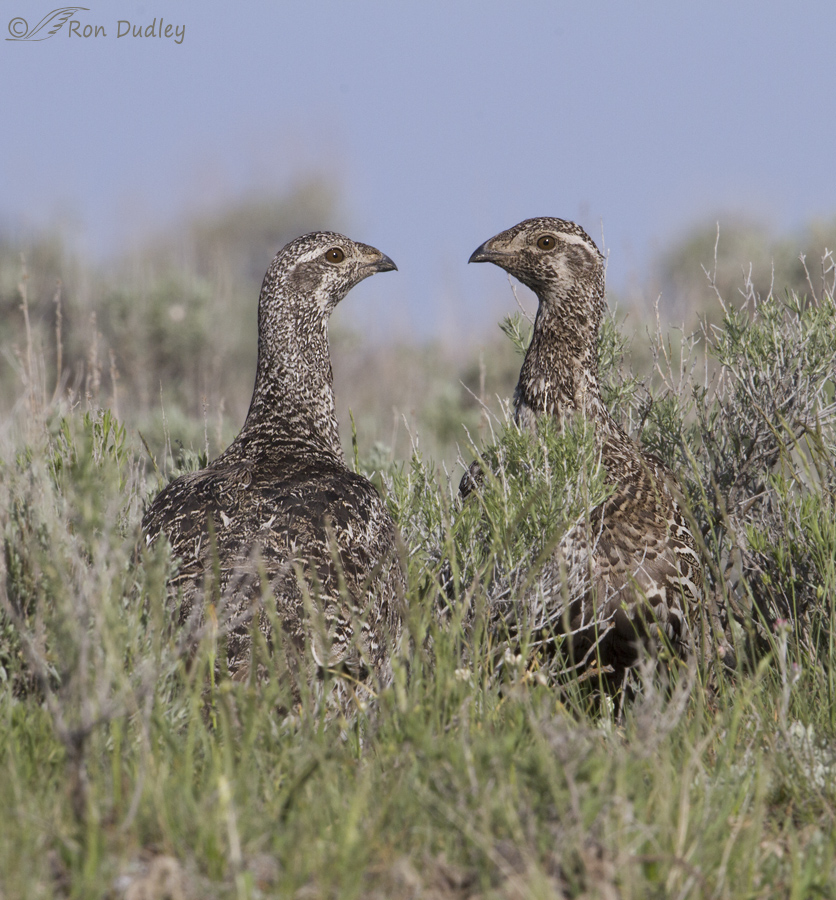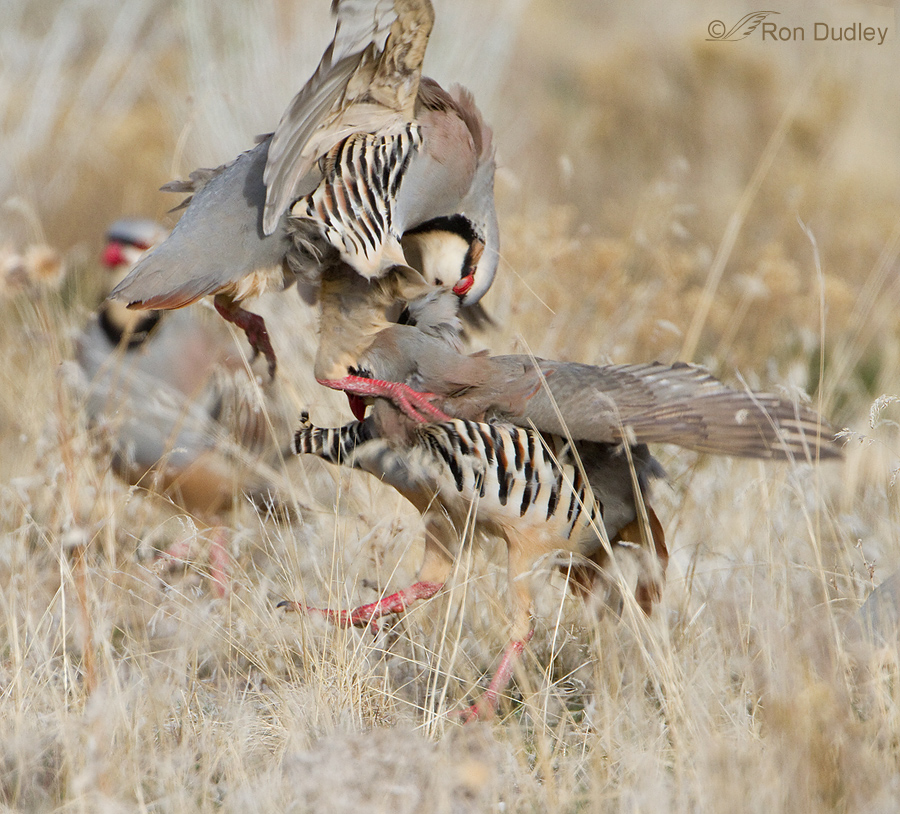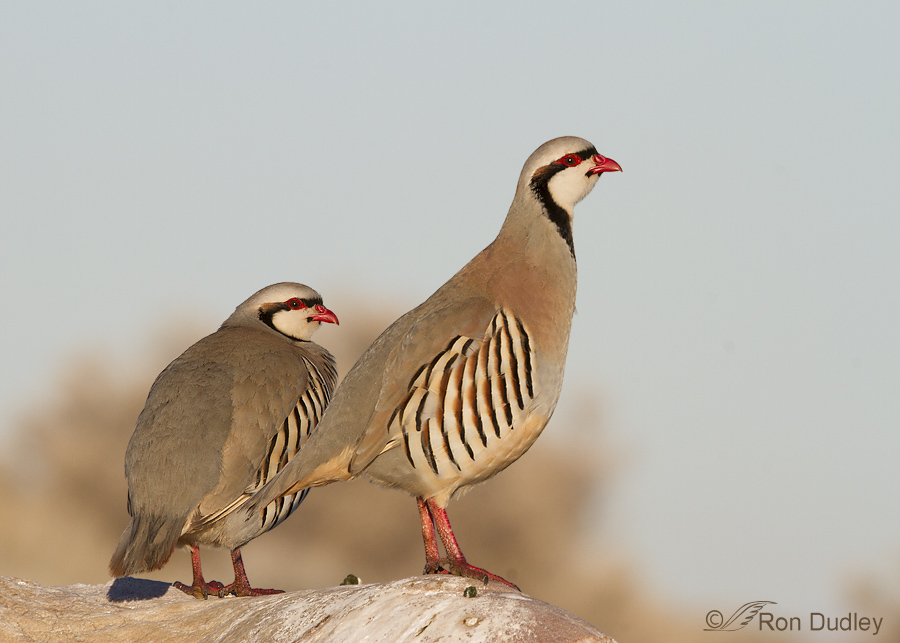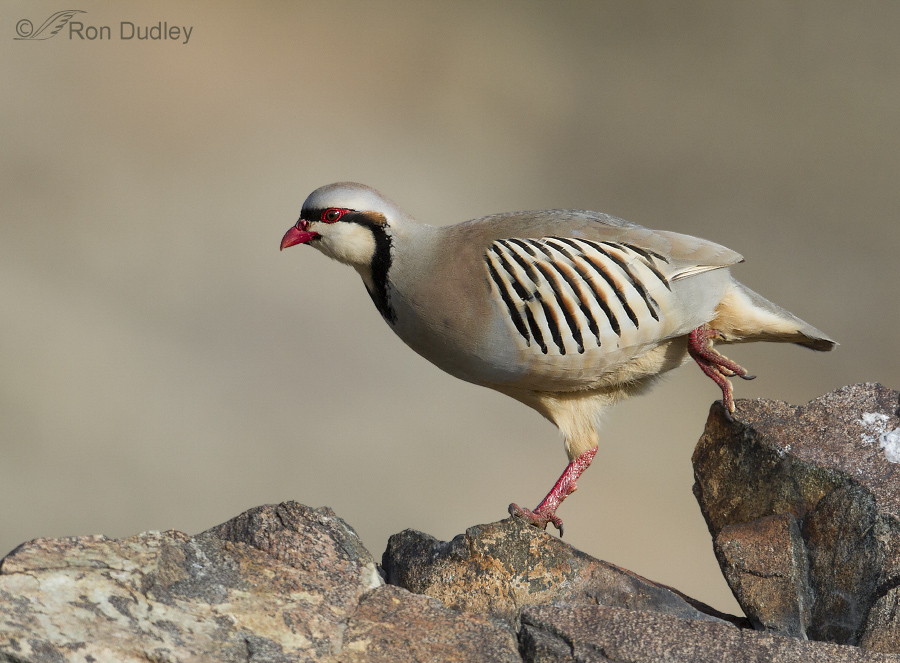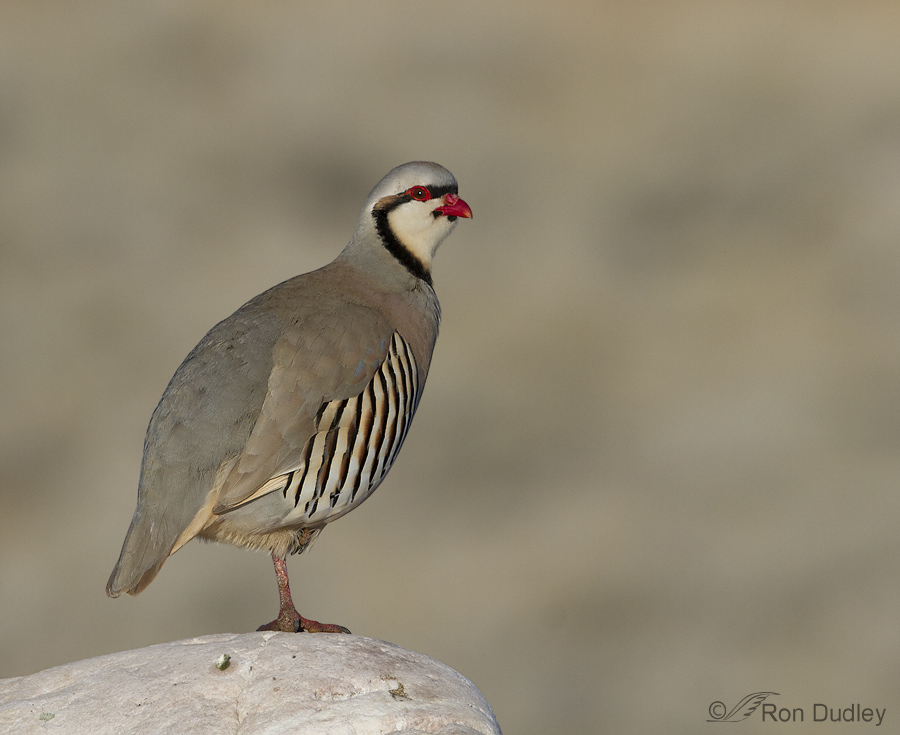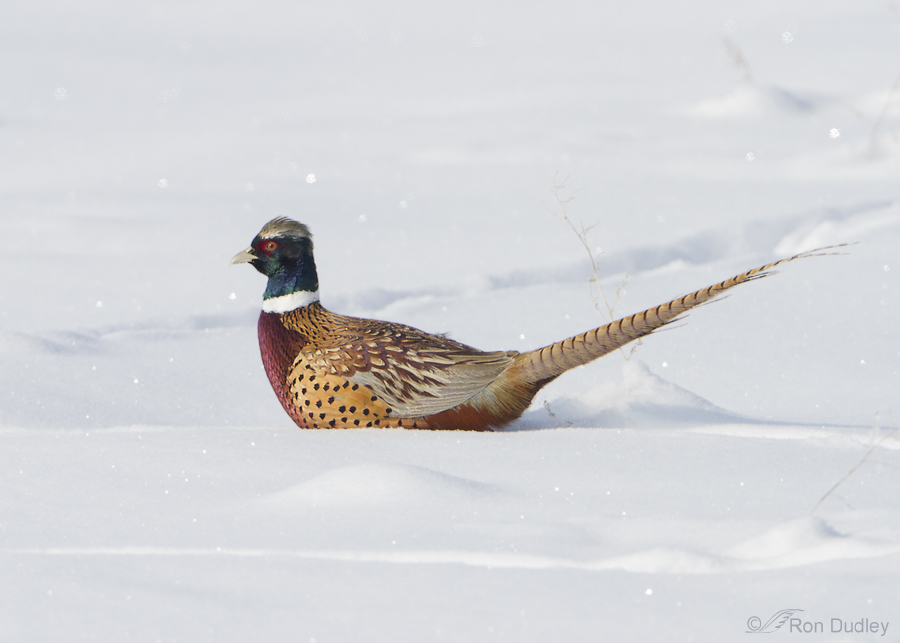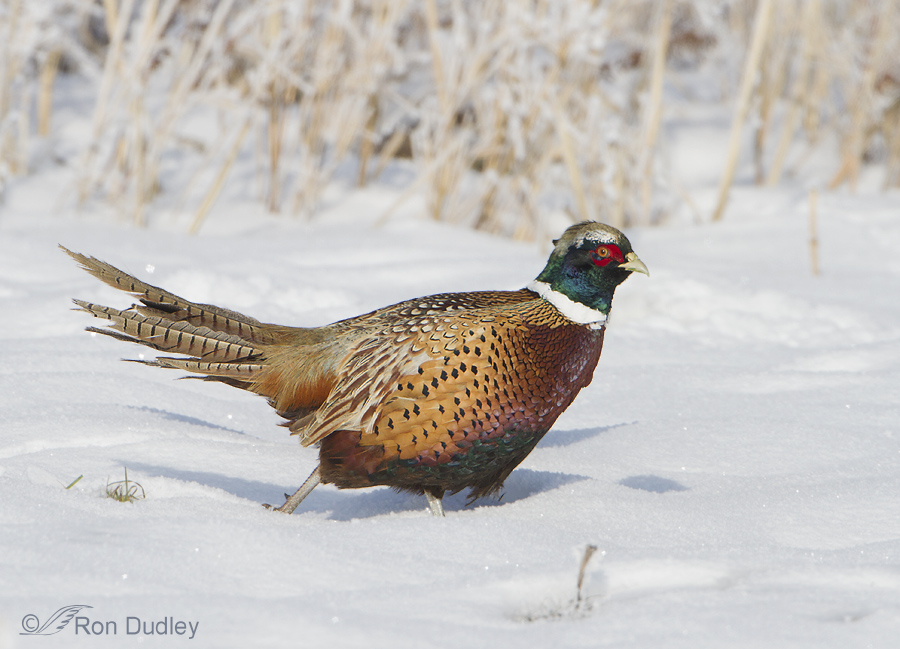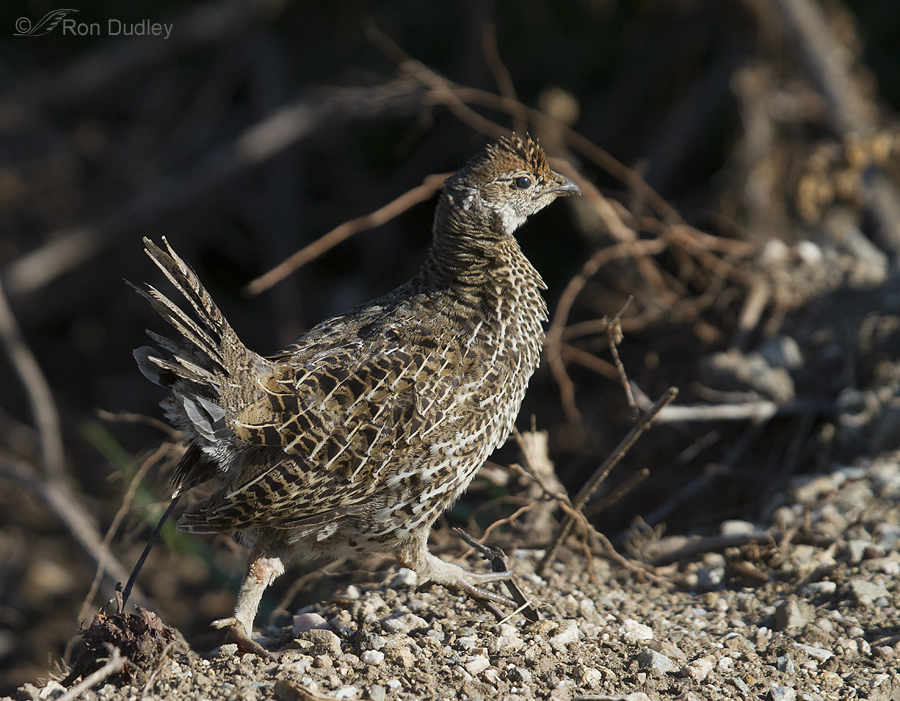Category: Upland Game Birds
Sidelit Chukar
Ring-necked Pheasants – A Contrast In Seasons And In Demeanor
Pheasant With Long-Billed Hawk Syndrome
Yesterday morning at Farmington Bay I photographed this male Ring-necked Pheasant with a grotesquely deformed and overgrown mandible. These images show the problem clearly.
Centennial Valley Sage Grouse And Their Potential Listing As “Threatened”
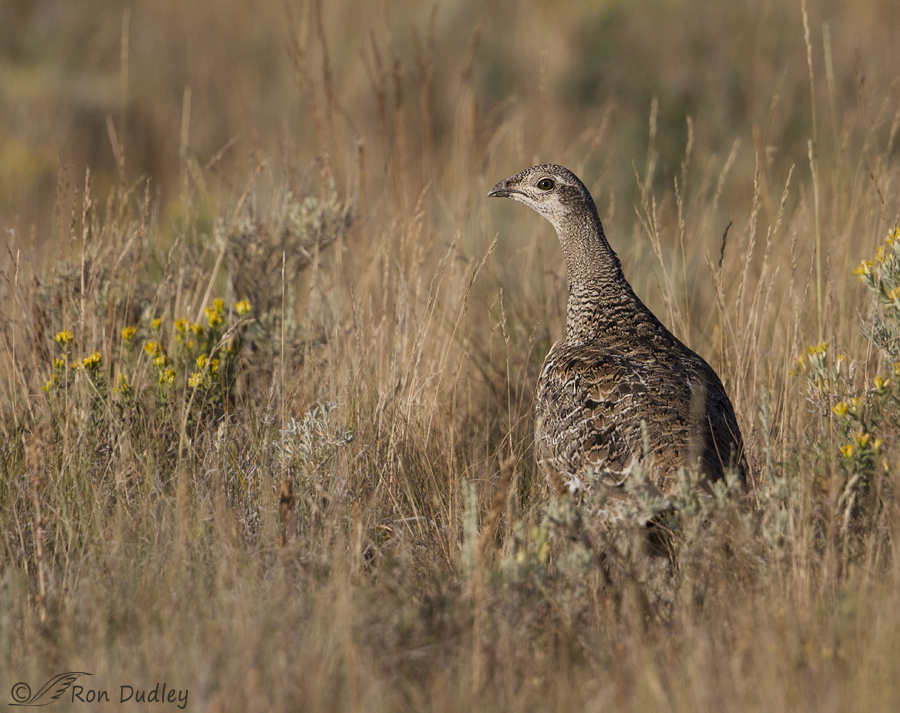
About three weeks ago I was able to photograph adult female Greater Sage-Grouse and their chicks in the Centennial Valley of southwest Montana. This species is on the cusp of a threatened species designation so I’m always thrilled to be able to see and photograph them in their natural, wild habitat. Believe me, it doesn’t happen very often.
Sage Grouse At Eye Level
Chukars – Fighting Takes Its Toll
Chukars – A Probable Mated Pair
High-stepping, Far-falling Chukars
Finally! – Another Cooperative Chukar
Some Very Odd-looking Pheasants
The Phantom Pheasant
Chukar Calling On One Foot
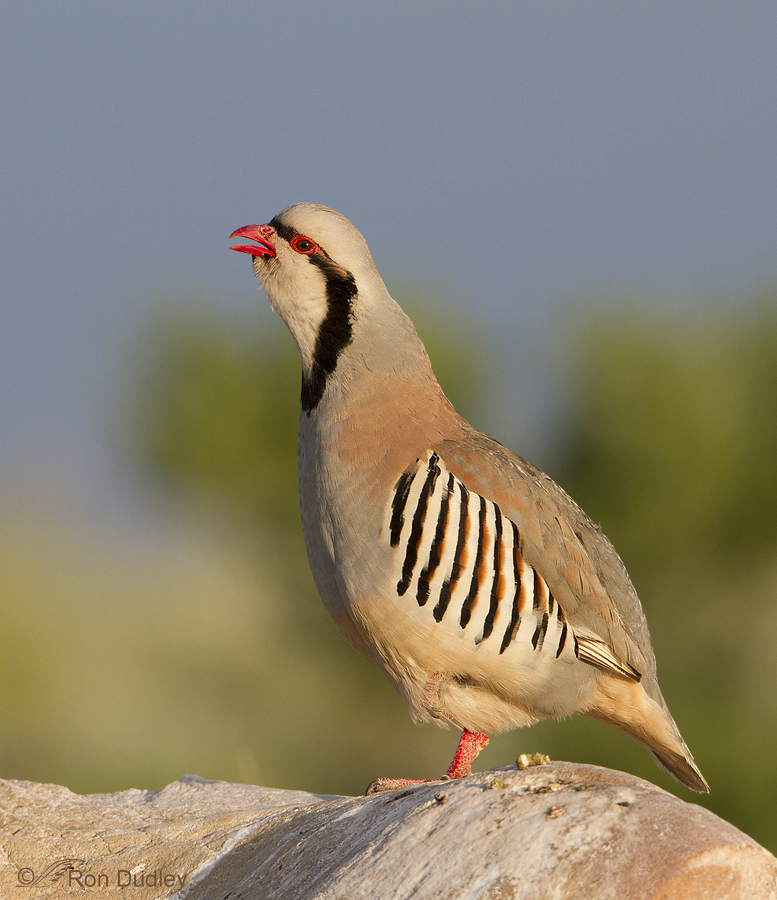
Chukars continue to be one of my preferred subjects during the winter and spring due to their distinctive and colorful plumage and their often comical behavior. They are abundant on Antelope Island and even somewhat approachable there – at least in comparison to their skittish and wily ways elsewhere (hunters consider them to be among the most challenging of upland game species).
Greater Sage Grouse In The Centennial Valley
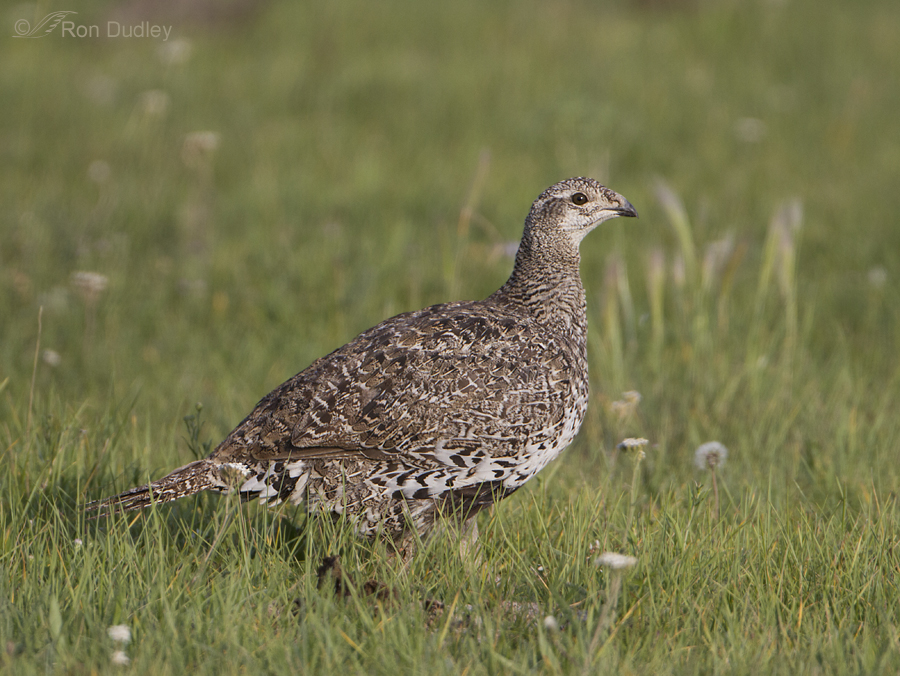
I was driving the dirt roads while on the lookout for raptors (mostly) when out of the corner of my eye to the far right I saw (just barely) a flock of Mallards flush up from the barrow pit next to the road and just a few feet away. I gave them a quick glance and drove on but a couple of seconds later Mia hollered out from the back seat her patented “Stop, bird!”, which I immediately did. Turned out they weren’t Mallards, they were Sage Grouse – about a dozen of them.
Dusky Grouse
Sidelit Chukar
Ring-necked Pheasants – A Contrast In Seasons And In Demeanor
Pheasant With Long-Billed Hawk Syndrome
Yesterday morning at Farmington Bay I photographed this male Ring-necked Pheasant with a grotesquely deformed and overgrown mandible. These images show the problem clearly.
Centennial Valley Sage Grouse And Their Potential Listing As “Threatened”

About three weeks ago I was able to photograph adult female Greater Sage-Grouse and their chicks in the Centennial Valley of southwest Montana. This species is on the cusp of a threatened species designation so I’m always thrilled to be able to see and photograph them in their natural, wild habitat. Believe me, it doesn’t happen very often.
Sage Grouse At Eye Level
Chukars – Fighting Takes Its Toll
Chukars – A Probable Mated Pair
High-stepping, Far-falling Chukars
Finally! – Another Cooperative Chukar
Some Very Odd-looking Pheasants
The Phantom Pheasant
Chukar Calling On One Foot

Chukars continue to be one of my preferred subjects during the winter and spring due to their distinctive and colorful plumage and their often comical behavior. They are abundant on Antelope Island and even somewhat approachable there – at least in comparison to their skittish and wily ways elsewhere (hunters consider them to be among the most challenging of upland game species).
Greater Sage Grouse In The Centennial Valley

I was driving the dirt roads while on the lookout for raptors (mostly) when out of the corner of my eye to the far right I saw (just barely) a flock of Mallards flush up from the barrow pit next to the road and just a few feet away. I gave them a quick glance and drove on but a couple of seconds later Mia hollered out from the back seat her patented “Stop, bird!”, which I immediately did. Turned out they weren’t Mallards, they were Sage Grouse – about a dozen of them.


